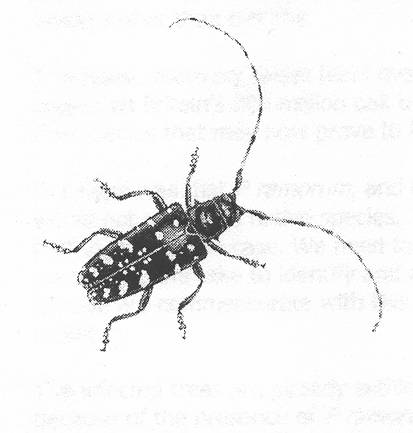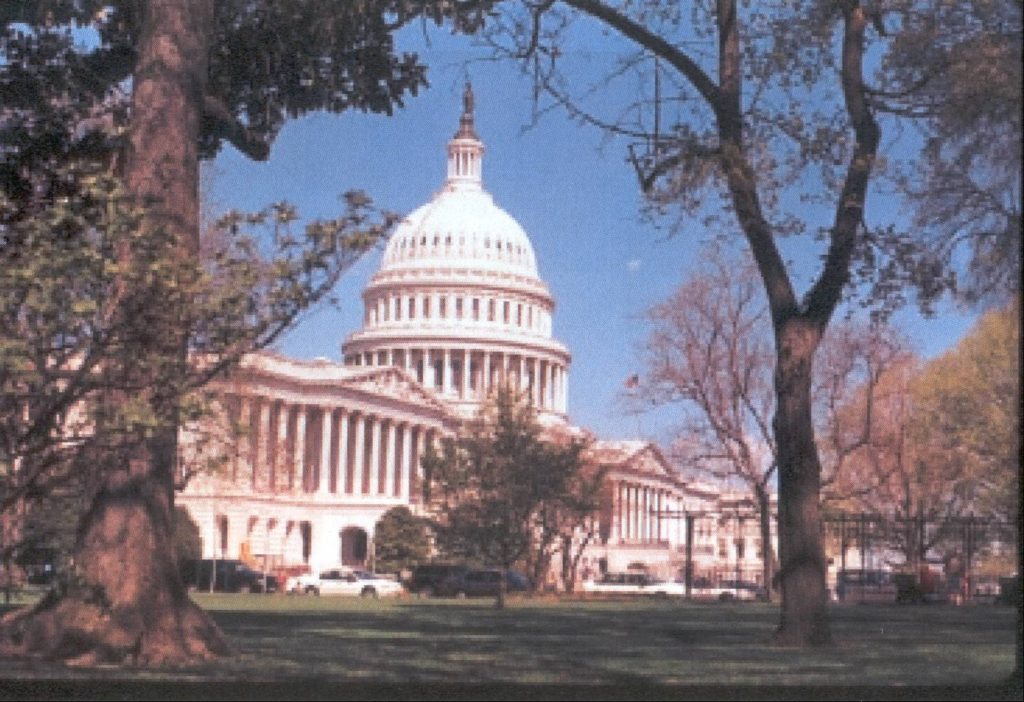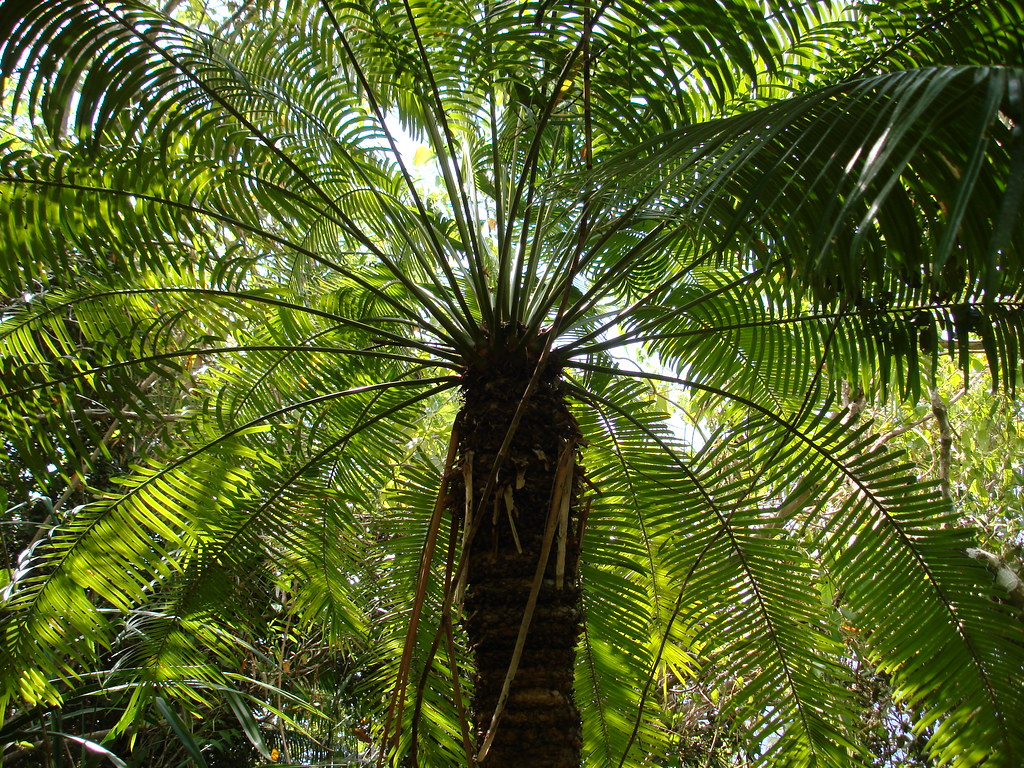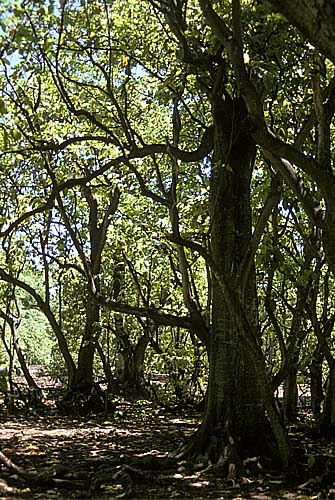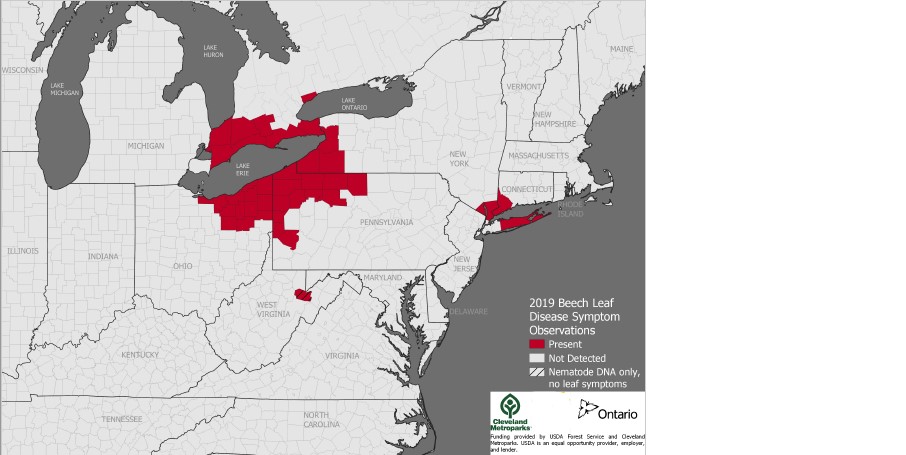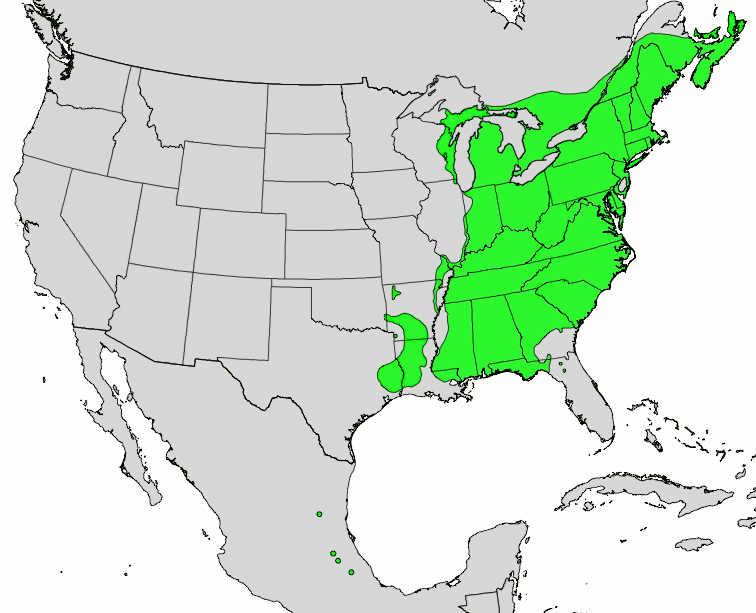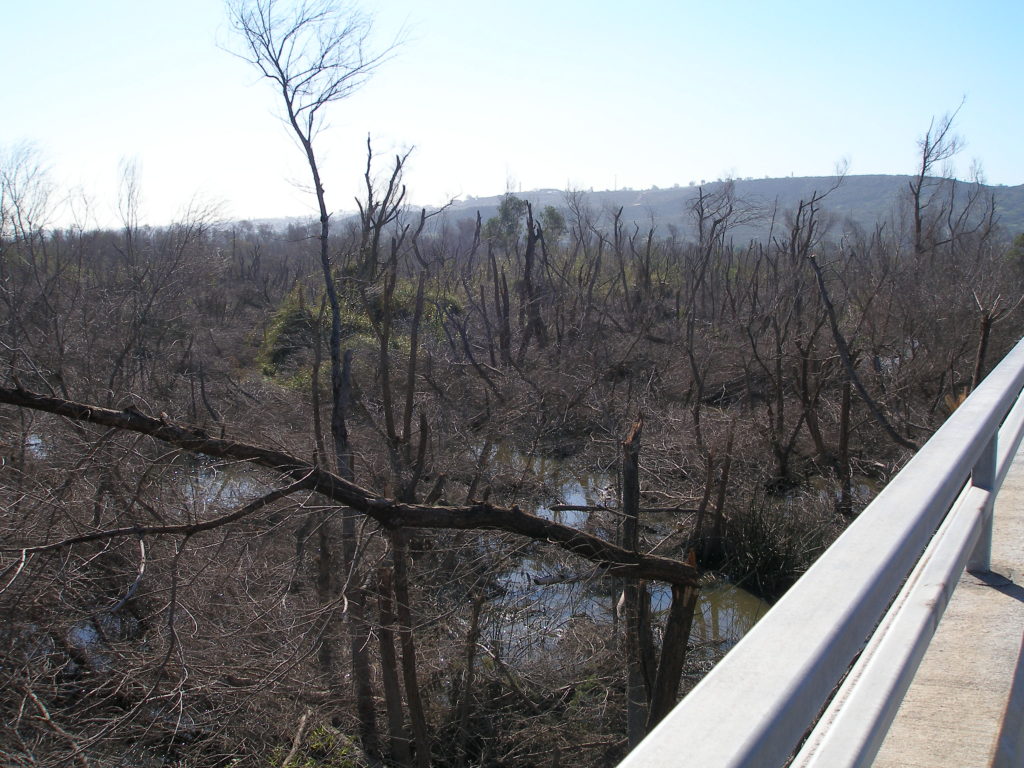
the “boom” part of the cycle
photo by John Boland
I have blogged earlier about the damage caused by the Kuroshio shot hole borer (KSHB, Euwallacea kuroshio), which is one of two invasive shot hole borers established in southern California. The beetle and its symbiotic fungi had caused amazing levels of damage in the Tijuana River Valley in San Diego County, California. The wood borer is described here and here.
Most of the earlier blogs focused on the absence of a response by California’s phytosanitary agency and here – until John Kabashima created sufficient political demand for a response.
A scientist who has devoted considerable effort to understanding the KSHB is John Boland of Boland Ecological Services. He has posted annual reports analyzing five years of the outbreak in the Tijuana River Valley (see full citations at the end of the blog). His principal findings (Boland and Uyeda 2020): the invasion went through a boom and bust cycle, with willows in the wettest parts of the estuary having largely recovered. So far, Kuroshio shot hole borers have not re-infested the growing trees, despite the presence of all conditions seeming to favor invasion. His principal worry is enhanced invasion by the non-native grass or reed Arundo donax.
The study site is a coastal floodplain crossed by an intermittent stream. The Tijuana River valley provides several ecosystem services, including filtering pollutants before the water reaches the ocean, open space, and important wildlife habitat, including Critical Habitat for the federally endangered least Bell’s vireo (Vireo bellii pusillus).
There is a mosaic of forests of different ages and at different distances from the current flows. They range from wet forests growing in the current river beds; dry forests growing in older river beds that get some current flows; and scrub forests growing far from current river flows. All these forests are dominated by two willows: the black willow (Salix gooddingii) and the arroyo willow (Salix lasiolepis). Both are preferred hosts of KSHB; both are pioneer species that establish in disturbed wet areas; both resprout vigorously. The riparian scrub woodlands surrounding the forests are dominated by the perennial shrub, mule fat (Baccharis salicifolia), with scattered willows of both species (Boland and Uyeda 2020).
The river carries high levels of raw sewage and industrial waste from Tijuana, Mexico. Raw sewage contains important plant nutrients – nitrogen, phosphorus and potassium. The willows in or near the nutrient-enriched channel water were growing quickly and vigorously, and had wood characteristics that differed significantly from those of trees in the dry or scrub forests. Dr. Boland notes that these trees’ phloem sap is loaded with sugars from the fast-growing leaves, and xylem sap is loaded with nutrients from the enriched soil. His Enriched Tree Hypothesis (discussed further below) suggests that these nutrients promote fast growth of the symbiotic fungi and ideal conditions for KSHB (Boland and Woodward 2019).
Boland and his colleagues have carried out detailed annual field surveys of the infestation since 2015. Using the same study plots in each year, they analyzed infestation and mortality rates, canopy damage, and survivorship of tagged willows.
Funding originally came from the U.S. Navy and U.S. Fish and Wildlife Service – agencies probably worried about the potential destruction of the vireos’ habitat. As of 2019 KSHB had infested 91% of all the willows in the valley – estimated to be more than 350,000 willows. KSHB had killed 30% of the trees, or nearly 123,000 (Boland 2019). Dr. Boland considers this estimate to be an underestimate because he could not accurately carry out surveys of individual trees in the extensively-damaged Wet Forest units in 2018. There was considerable variation in pest impacts depending on host trees’ proximity to the intermittent river. Of all of the willow deaths in the valley, 93.8% occurred in the Wet Forests, 6.1% in the Dry Forests and 0.1% in the Scrub Forests. This variation occurred even though the sites contain the same willow species (Boland and Uyeda 2020).
Infestation rates over the four-year period averaged 99% of willows in the Wet Forest units, 82% in the Dry Forests and 3% in the Scrub Woodlands. Considering 2019 alone, the overall infestation rate was only 9%. Looking at differences among forest types, 1% of the willows in Wet Forests were infested (down from 95% in 2015), 29% of the willows in dry forests (down from 73% in 2016), and 0% of the willows in the scrub forests (down from 2% in 2018). (2019 infestation rates from Boland and Uyeda 2020; earlier years from Boland 2019.)
Infestation rates had to be very high before trees died, but then mortality was very high. Only after sites reached infestation rates of more than 95% did sites have significant mortality rates – and then, very high — up to 97%. In agreement with other findings, most of the high-mortality sites were in Wet Forest units. These had a mean maximum mortality rate of 49%. The mean maximum mortality rate was only 9% in Dry Forest and 2% in Scrub Forest units (Boland and Uyeda 2020).
The size of the tree is also important. In the Wet Forests, in 2019, infestation rates were 0% for seedlings and young trees; 3% for the relatively undamaged trees that are more than 5 years old; and 1% of the resprouting adult trees that had been broken during the first wave of invasion. KSHB prefers young trees with a trunk dbh of at least 4.5 cm. Smaller trees were generally avoided. Trees with very large dbh (> 30 cm) appear to be able to survive a KSHB attack (Boland and Uyeda 2020).
At the end of the five year period, Dr. Boland had documented interesting/puzzling findings.
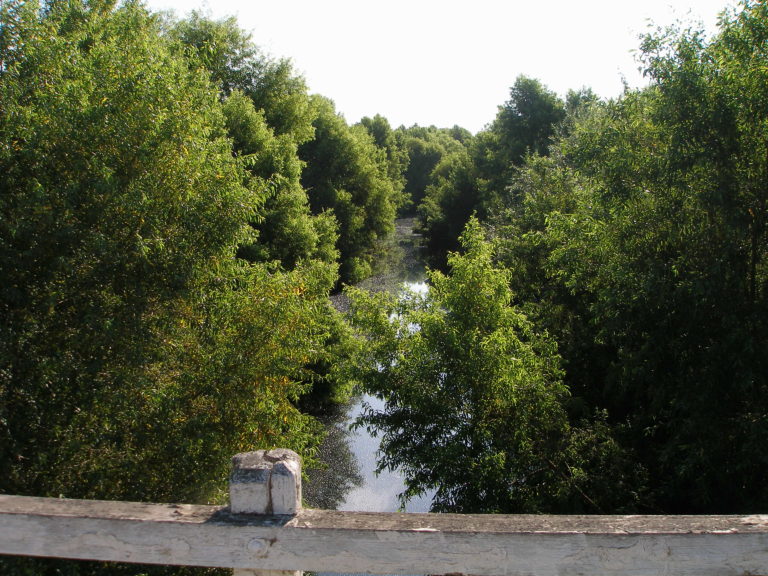
photo by John Boland
Wet Forests
KSHB in the valley went through a rapid boom-and-bust cycle. In the Wet Forests, KSHB infestation progressed over the course of a few months from barely noticeable to heavy infestation and dramatic canopy collapse. Infestation rates of 80 – 95% in the West Forests in 2015 and 2016 led to virtual elimination of the canopy between 2016 and 2017 as tunnel-ridden trees were broken by wind storms. These severe damage levels occurred over 94 acres (Boland and Uyeda 2020).
After apparently depleting their preferred hosts in the wettest parts of the forest, beetle numbers fell and host trees began a rapid recovery. Mean canopy cover rose from 5% in 2017 to 56% in 2019. This recovery has taken three forms: survival of a few, scattered mature infested trees (‘Big Trees’) which grew new wood over KSHB galleries (Boland 2019); resprouting of mature KSHB-damaged trees (‘resprouts’); and seeding of new trees (‘seedlings’). Some of the forests have recovered so much in just 4 years that they are now similar to their pre-KSHB stature (Boland and Uyeda 2020).
Dr. Boland suggests that KSHB is promoted by high nutrient (pollution) levels in the water, which result in rapid growth by trees near the most steady of the intermittent streams. He has developed an Enriched Tree Hypothesis (explained briefly below; for a full discussion, see Boland and Woodland 2019).
As of autumn 2019, beetles have not attacked the recovering hosts – despite apparently favorable conditions and the absence of management interventions. 2019 infestation rates were 3% of the remaining Big Trees, 2% of the resprouting trees, 1% of the young trees, and 0% of the seedlings. Dr. Boland suggests three possible reasons (Boland and Uyeda 2020), which I will discuss below.
The resprouting trees are now old & vigorous enough to flower
It is likely that these recovering willow forests will provide good breeding habitat for least Bell’s vireo (all Boland publications).
Dry Forests
Infestation in the Dry Forests spread more slowly – infestation rates averaged 82% in the Dry Forests over four years. The infestation progressed more slowly and the canopy remained mostly intact. But in 2019 the infestation rate in the Dry Forest was substantially higher than in the Wet Forest — 29% versus 1% (Boland and Uyeda 2020).
Still, only 16% of more than 200 willows tagged in February 2016 had been killed by KSHB by autumn 2019. Among the living trees were three quarters of trees already infested in 2016, and half of trees that became infested after 2016 (Boland and Uyeda 2020).
Lack of Reinfestation (Boland and Uyeda 2020).
The absence of reinfestation is surprising, especially because the conditions thought favorable to KSHB are all present:
1. The regenerating trees belong to host species known to be preferred – black and arroyo willows.
2. The regenerating trees have reached the preferred size with trunk dbh exceeding 4.5 cm. In fall 2019 the trees in the recovering Wet Forests included many resprouting trees with mean diameters of 6.5 cm, and many new seedlings with mean diameters of 11.7 cm.
3. Recovering forests are located in the preferred nutrient-rich sites. Sewage levels remain high.
4. The trees in the recovering forests are in the condition preferred by KSHB, i.e., the trees are fast-growing and vigorous.
5. The KSHB is present – in low numbers in the Wet Forests, more numerous in Dry Forests which are < 1 km away.
It is not known whether KSHB will eventually re-infest.
The KSHB infestation reversed the presence of large trees. Originally 53% of the large trees were in the Wet Forests, 38% in the Dry Forests. The KSHB invasion damaged so many of the trees in the Wet Forests that now they represent only 24% of all the ‘Big Trees’ in the Valley; 58% of the ‘Big Trees’ are now in the Dry Forests. In many Dry Forests the remaining tall trees form a continuous canopy layer, whereas in the polluted Wet Forests they are usually only single ‘Big Trees’ (Boland and Uyeda 2020).
Other plant species
Dr. Boland expresses great concern about the spread of the invasive plant, Arundo donax, in response to canopy openings caused by the initial invasion and canopy collapse (willow trees are Arundo’s only competitors in the valley).
Surveys during fall 2019 found that most plant species growing in the Tijuana River Valley are native, dominated by the willows (mean cover of 60%). The most abundant non-native species is castor bean (10% cover). Arundo had a mean cover of only 6% in the belt transects, but it was more abundant outside the transects. Arundo is spreading as rhizomes cut loose by bulldozing, disking, and mowing on property managed by International Boundary and Water Commission (Boland and Uyeda 2020). Both willows and Arundo had increased their percent cover between 2018 and 2019 (Boland 2019).
Dr. Boland’s Recommendations (Boland and Uyeda 2020)
1) The different invasion trajectories in the three habitat types contradict some researchers’ expectation that all trajectories are similar from regardless of site characteristics or that a light infestation must be recent while a heavy infestation must be old.
2) Unique characteristics of the Tijuana River valley – especially the high sewage levels – mean that the severe infestation and damage seen there should not be expected to occur at other natural, unpolluted riparian sites.
3) Dr. Boland disputes recommendations that “heavily infested” trees be removed because they are doomed and support beetle reproduction. Although Dr. Boland studied primarily willows, he did evaluate 24 California sycamores (Platanus spp.) that had been planted in various parts of the valley.
He found that none had died and only two (8%) were infested. The two infested trees were lightly infested and growing near the sewage-enriched stream. Dr. Boland concluded that sycamores were also unlikely to be heavily infested and killed in habitats less favorable to shot hole borers (Boland 2019).
4) The ease with which native willows became densely established in wet forest sites after the first infestation wave leads Dr. Boland to advocate reliance on natural restoration projects … as long as Arundo invasion can be controlled.
5) Avoid over-fertilization or over-watering of trees in planted landscapes.
6) Focus detection searches for KSHB in nutrient-enriched areas. … e.g., near storm drain outfalls.
Research recommendations:
A) Determine why KSHB has not substantially reinvaded the recovering willow forests despite the presence of preferred species in “correct” condition and size. Dr. Boland suggests testing of three hypotheses:
- Induced response of hosts. Have the infested willows changed their chemistry as a result of the borer attack, thus increasing their resistance ….
- Overall forest structure. Have the less dense and more mixed forest stands reduced attractiveness to the beetle?
- A disease or predator. Has a biocontrol agent been introduced accidentally? None has yet been identified …
B) Understand the possible mechanisms for the high initial infestations rates in the Wet Forests.
- To evaluate the Enriched Tree Hypothesis measure the sugars and nutrients (both concentrations and loading rates) in trees subject to differing amounts of sewage or fertilizers. Then conduct controlled trials in the lab on the growth response of ISHB’s fungal symbionts to various sugar and nutrient concentrations and loading rates.
- Evaluate whether willows growing in the nutrient-enriched sites produced fewer tannins that might inhibit beetle and fungal growth.
C) Can ISHB disperse by wind? Dr. Boland recommends searching for ISHB in the air high above infested trees; this could involve the use of nets or traps attached to aircraft, hot-air balloons, helium balloons or drones.
D) Determine whether surviving mature trees have superior characteristics re: morphology, vigor, and pest or disease resistance that make them less vulnerable to KSHB attack.
E) Incorporate site and ecology data and varying levels of host vulnerability into models predicting KSHB impacts. Include the ecological costs of removing the trees.
My questions
Are other scientists applying these findings in their research on KSHB or polyphagous shot hole borer outbreaks in other parts of California? I am particularly interested in the issues of possible resistance in some willows – innate or induced; and the potential role of excess nutrients in promoting fungal and beetle growth. Are they finding the ecological components of the Enriched Tree Hypothesis to be helpful in defining the impact of PSHB outbreaks in other parts of the state, and of older ages?
SOURCES
Boland, J.M. 2109. The Ecology and Management of the Kuroshio Shot Hole Borer in the Tijuana River Valley. Final Report for Naval Base Coronado under Cooperative Agreement N62473-18-2-0008
Boland, J.M. and D.L. Woodward. 2019. Impacts of the invasive shot hole borer (Euwallacea kuroshio) are linked to sewage pollution in southern Calif: the Enriched Tree Hypothesis. PeerJ 7:6812
Boland, J.M. and K.A Uyeda. 2020. The Ecology and Management of the Kuroshio Shot Hole Borer in the Tijuana River Valley 2019-20 (Year 5) Final Report. For Naval Base Coronado, Department of Navy and Southwest Wetlands Interpretive Association. Under Cooperative Agreement N62473-18-2-0008
All these reports are available here: The Ecology and Management of the Kuroshio Shot Hole Borer in the Tijuana River Valley — Tijuana Estuary : TRNERR
Posted by Faith Campbell
We welcome comments that supplement or correct factual information, suggest new approaches, or promote thoughtful consideration. We post comments that disagree with us — but not those we judge to be not civil or inflammatory.
For a detailed discussion of the policies and practices that have allowed these pests to enter and spread – and that do not promote effective restoration strategies – review the Fading Forests report at http://treeimprovement.utk.edu/FadingForests.htm
